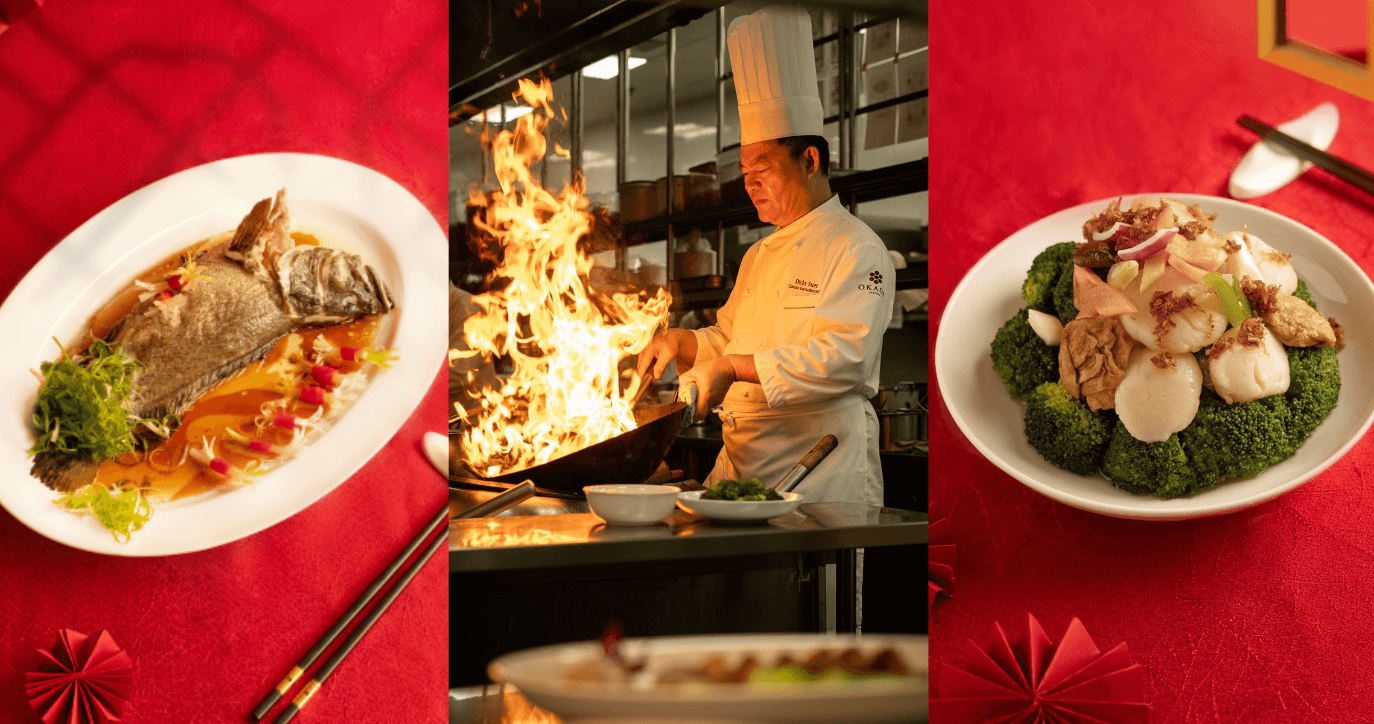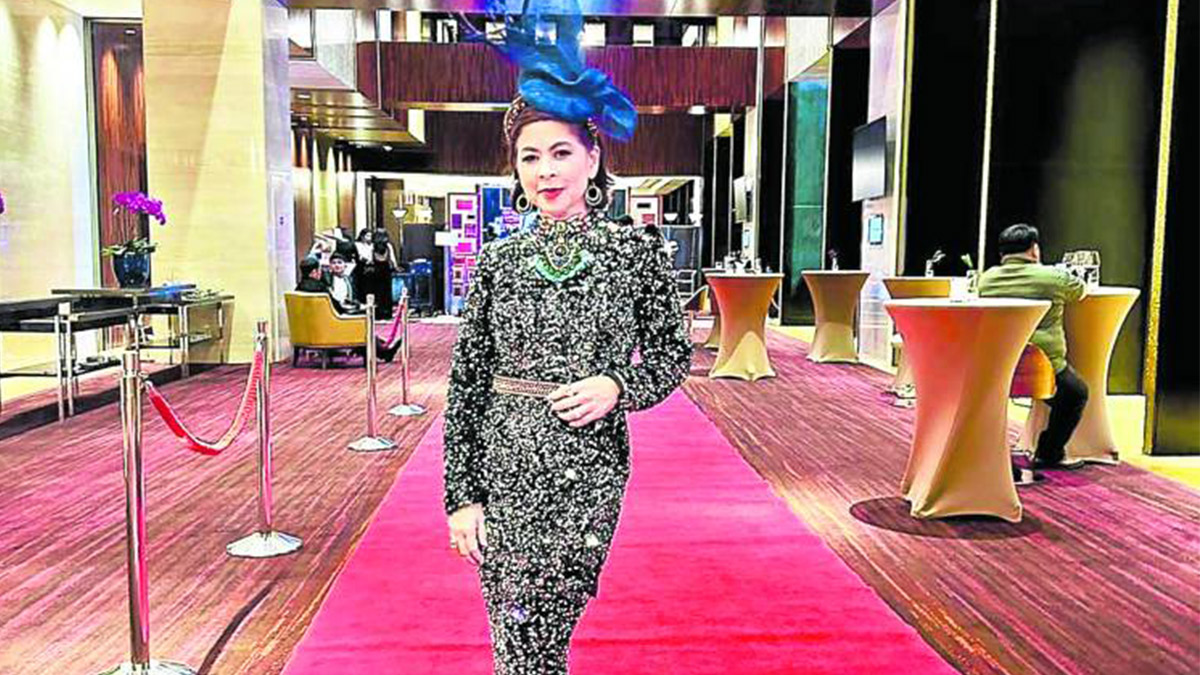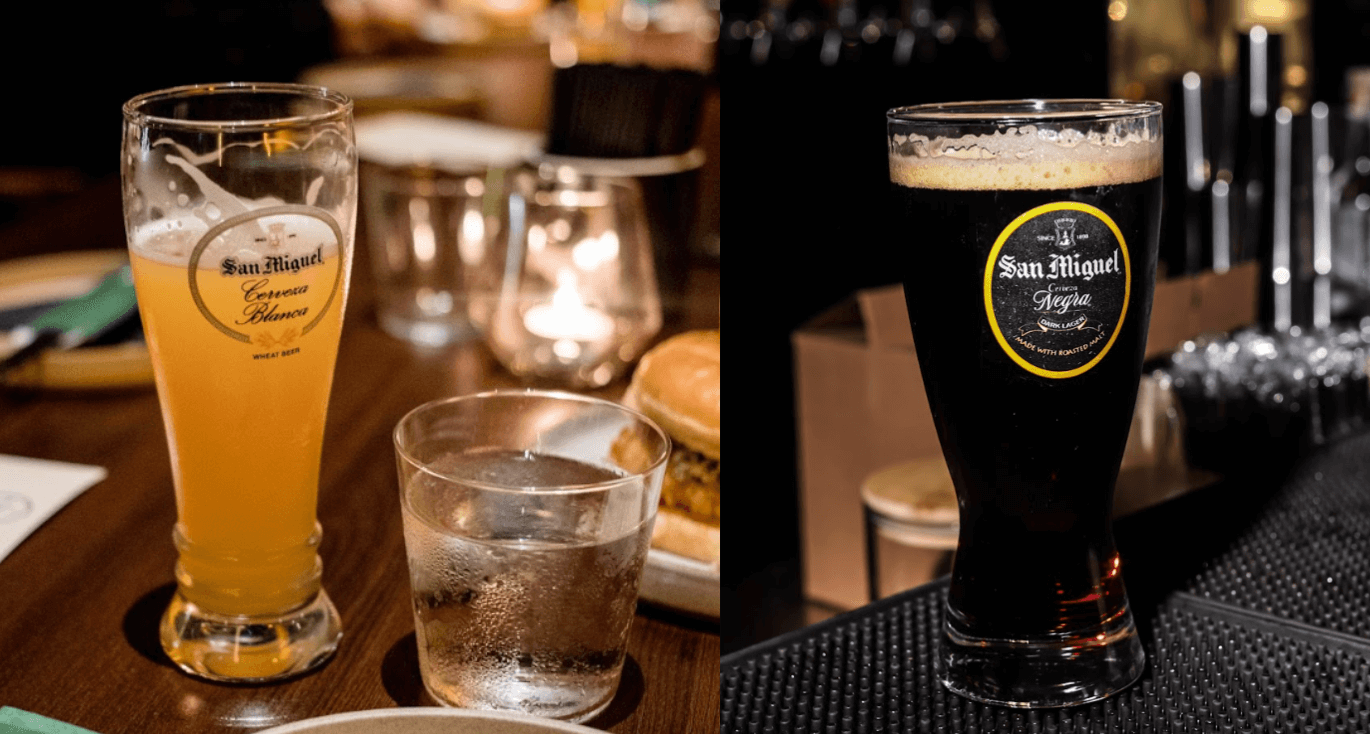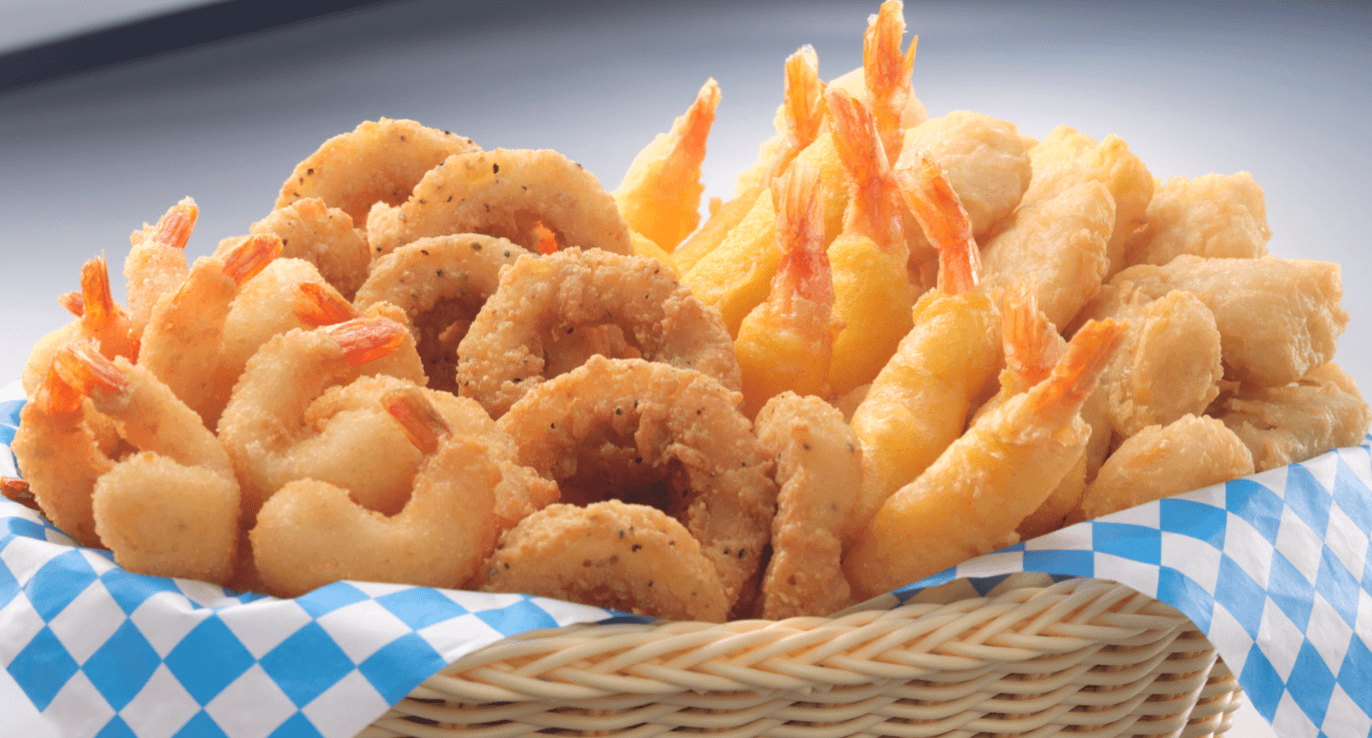
Is this the Bagoong of the Mountains?” That title was certainly enough to make the judges curious, but the writing also turned out to be more than enough to bag first place for essay in the Doreen Gamboa Fernandez Food Writing Award (DGF) for 2017.
Raymond Macapagal, assistant professor at the Center for International Studies at the University of the Philippines Diliman, wrote about pinayt. It’s bagoong made of pork which goes through the same process as the usual seafood bagoong—salting then fermentation.
He wrote how “Perlito I. Ibarra and his colleagues at the University of the Philippines in Los Baños successfully made bagoong, and its customary liquid byproduct patis, from carabeef.” The process, Macapagal surmised, could be extended to pork, the way the people of Batad, a rice-terrace village in Ifugao province where he does extension work, still do.
For the people of Batad, pinayt is a special dish “unlike the everyday bagoong… sometimes used as offerings in place of culled chickens in rituals. It is neither a side dish nor a condiment; it is given central importance as a viand in a meal.”
Macapagal also won second place in the DGF competition in 2015 where he wrote about pinespes, the grass collected from the stomach of goats after slaughtering.
Most of the entries were about Ilocano bugguong. We expected more variety such as the Iloilo solid guinamos, similar to the Malaysian and Indonesia terasi and blachan.
Ilocano tradition
There were three second-prize winners, and two of them wrote about the Ilocano bagoong tradition.
Grace Celeste Subido wrote about the Pangasinan inasinan, the bagoong made with milkfish innards which she said young people are no longer familiar with. But more than just information about the different bagoong variants produced in the region, her essay title, “Bagoong and Conscientious Consumption,” expressed her concern about two issues—the use of artificial dyes to color the bagoong, and the need for heightened environmental attentiveness to preserve marine habitats.
She cited the example of padas bagoong, which “uses the fry of rabbitfish (also called malaga and kitang) of the Siganidae family; [its] high demand encourages fishermen to gather fry alongside adult fish, thereby significantly lowering the potential for females to spawn.”
Subido is an associate professor at the Department of Language, Literature and Arts, UP Baguio.
Unusual ‘bagoong’
An unusual bagoong was the subject of Rebecca Torres’ essay. She wrote about Nanay Leonor and her Alaskan salmon bagoong. She described the result as peach in color with a streak of light purple.
It’s easy to guess that this bagoong is made in seafood processing plants in Alaska by “hardworking Ilokano seafood processors [who] save the fishbone (called siit in their language) of red, silver and pink salmons. They scrape off all remaining meat and mash it with salmon gut. Then rock salt is added to the mixture in a combination of one part rock salt and five parts mashed salmon meat and gut.” Fermentation takes a month, but to obtain patis (fish sauce), the process has to be longer.
Torres retired as the chief compliance officer for BDO Unibank, but is still a consultant and has pursued interests outside of banking, such as writing.
More flavorful ‘alamang’
Giney Villar’s second-prize essay, “The Taste of Resurrection,” focused on the alamang or krill from its three live stages, the process of making these small creatures into bagoong and their resurrection into excellent food. It is the coastal barangay of Pamarawan in Malolos that she claims “steadily supplies bagoong alamang to Luzon markets.”
Pamarawan is “where the saltwater of Manila Bay meets the freshwater from the mighty Pampanga River, walls of water press against each other, nagbabanluwagan, giving and yielding in rhythmic undulations. The result is brackish water that seasons the alamang with more flavor compared to catch elsewhere, according to locals.”
Villar is a chef who used to cook at Adarna Food and Culture Restaurant in Diliman, Quezon City, before she moved to Taal, Batangas, and opened Feliza Taverna y Café. She writes a blog on Filipino food, especially regional and heirloom cuisine.
In memoriam
We received the sad news that a former winner of the DGF Food Writing Award died last week. Christine Nunag was a runner-up in 2004 for her essay “Labor of Love,” where she wrote about her family’s cooking, from her mother’s paksing bangus, her aunt’s asado, the adobong pusit of her best friend’s mother and the preparation of a wedding feast at the foot of Mt. Arayat, where the most precious lesson she got was that the women who “performed the [slow and arduous] craft of cooking” did it for love.
In 2010, she placed honorable mention for her “Paksing Bangus: A Regional Obsession.”
She had a blog, “100-pound Foodie,” where she continued her writing and worked to promote tourism in her home province of Pampanga. But she also immersed herself in cooking, especially when she moved to Cagayan de Oro. We were supposed to see each other when I went there for the culinary competition, Kumbira, in November, but that regrettably didn’t happen. She had e-mailed me to say that she bought tabon-tabon at the market and did her first kinilaw.
She was back in Pampanga for the Christmas holidays and was all set to return to Cagayan de Oro when she suffered a diabetic attack.
We will miss the young and talented Christine.














































